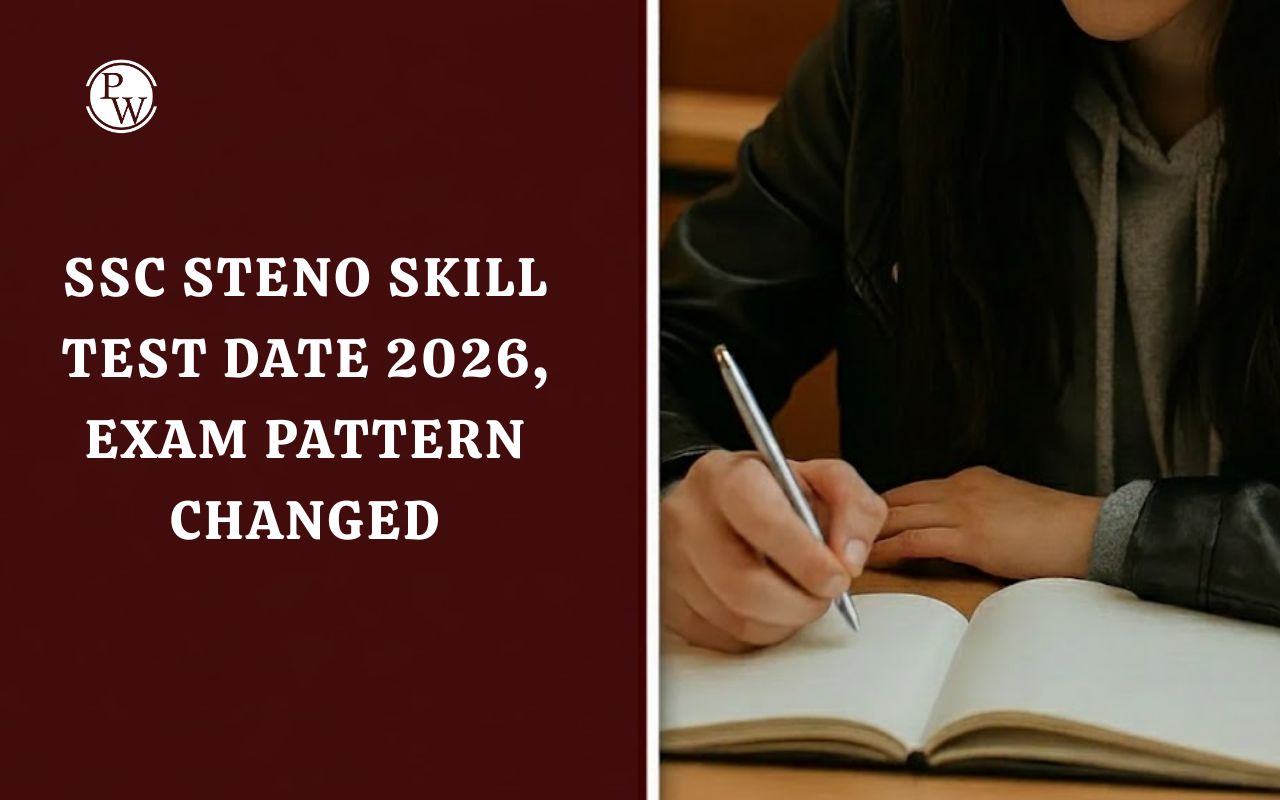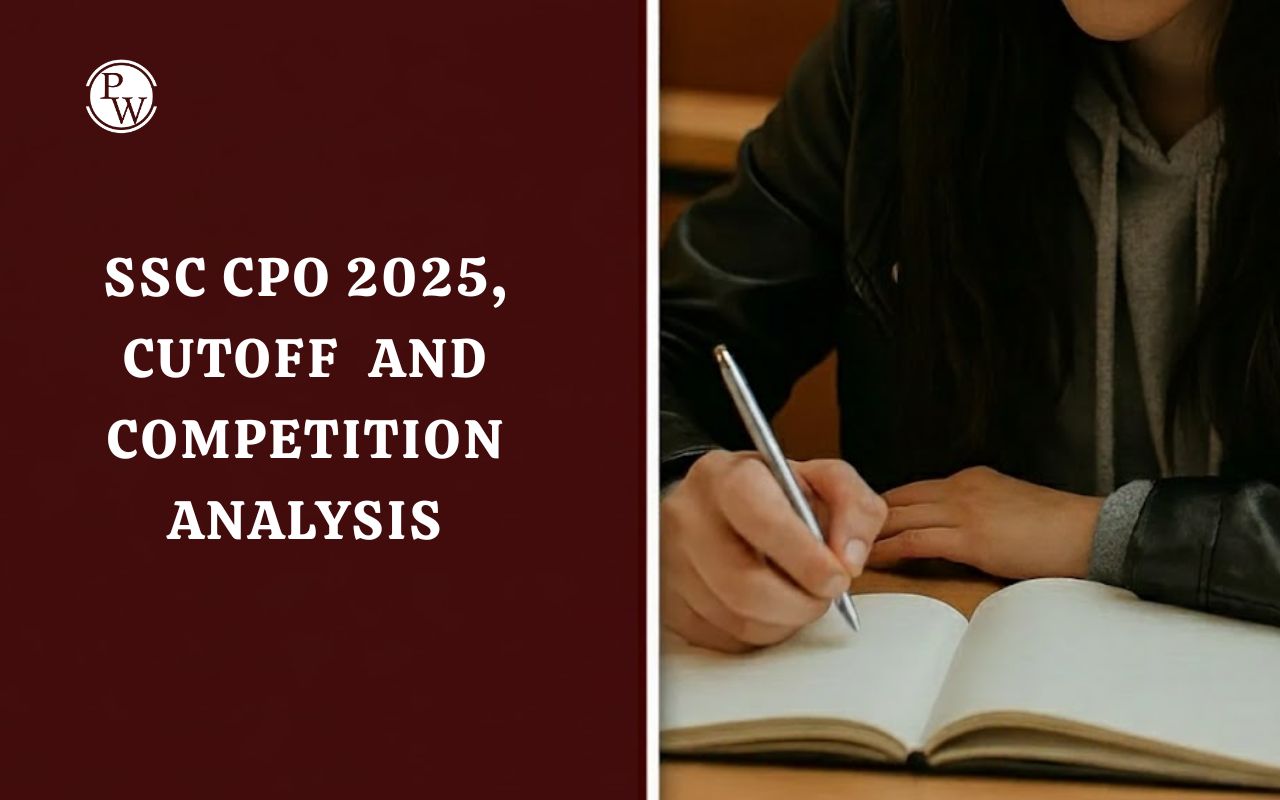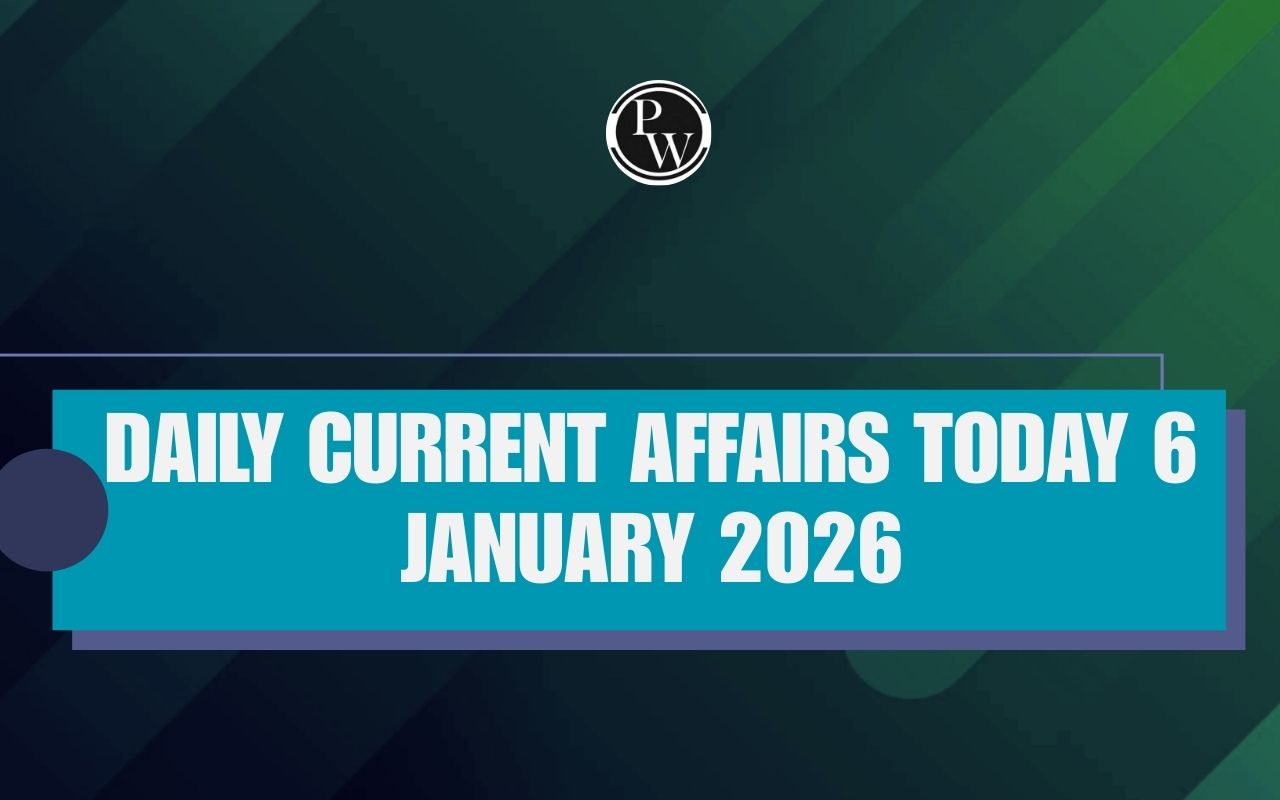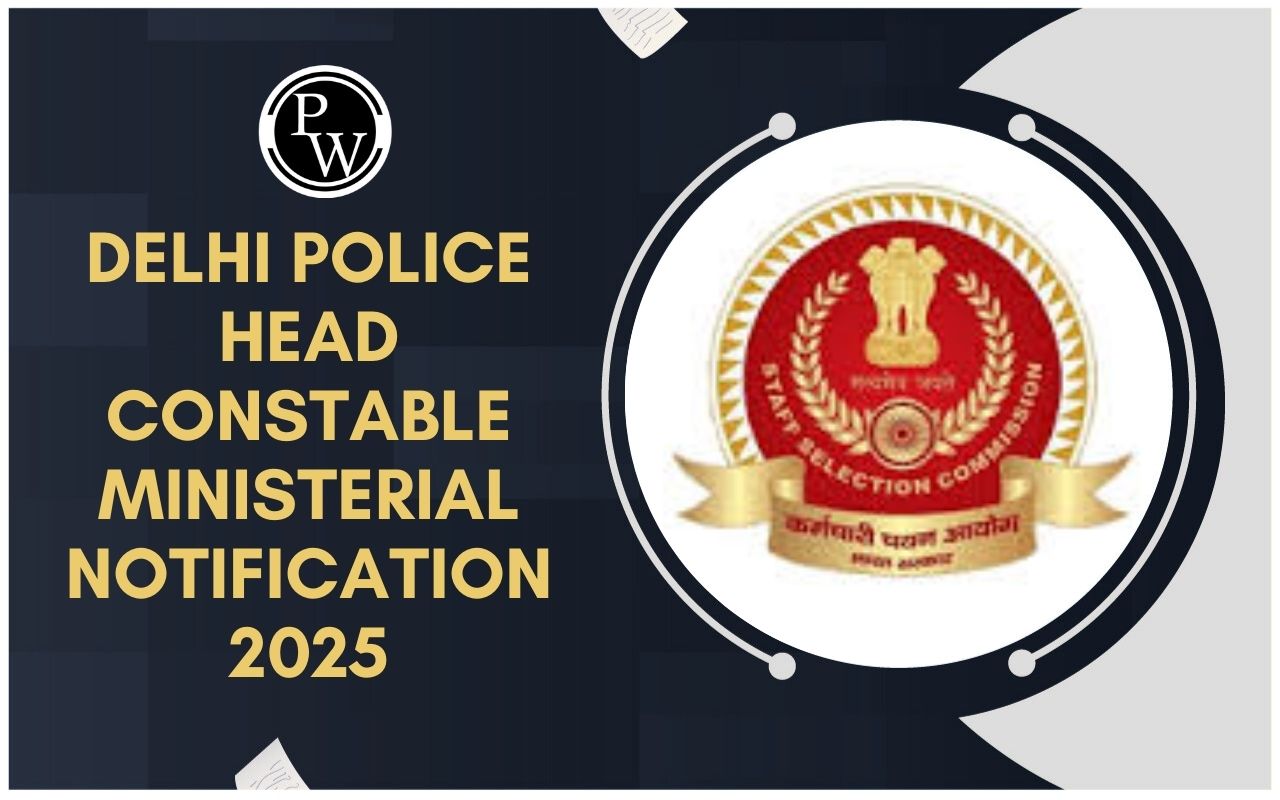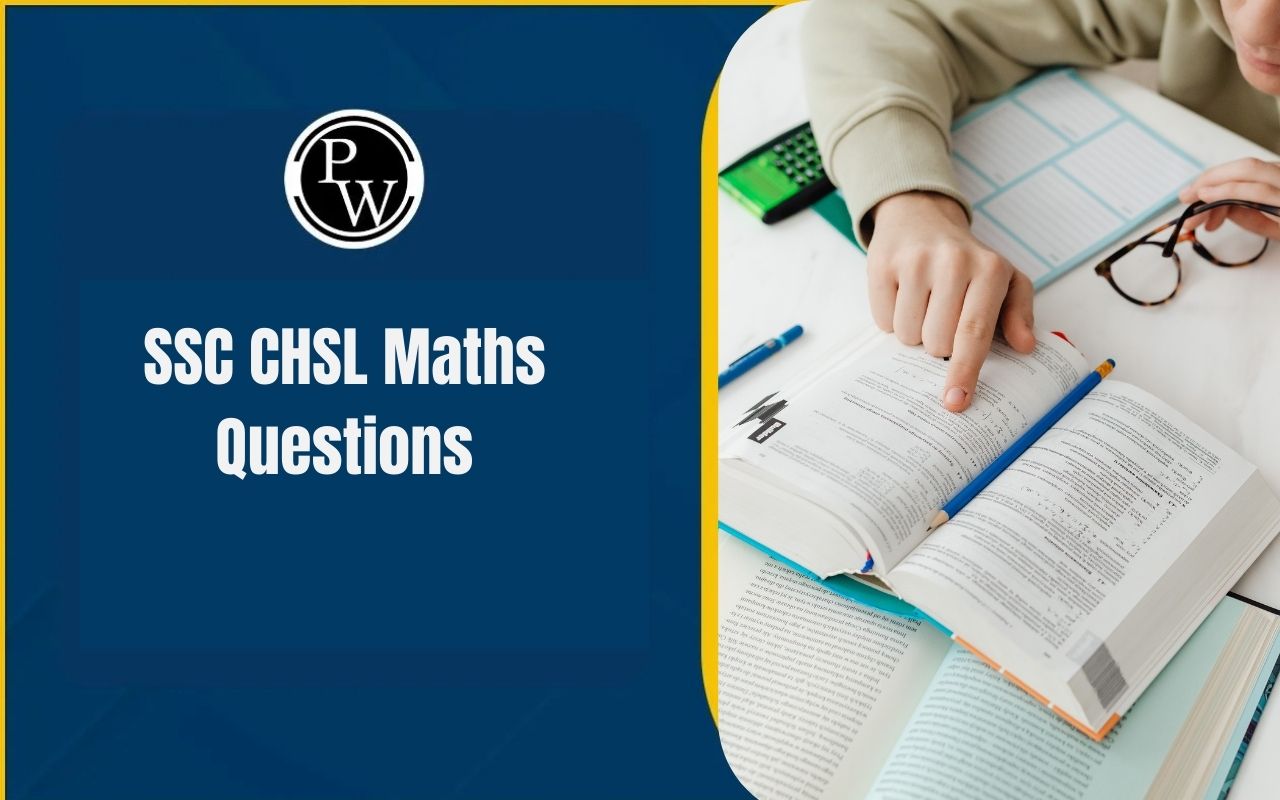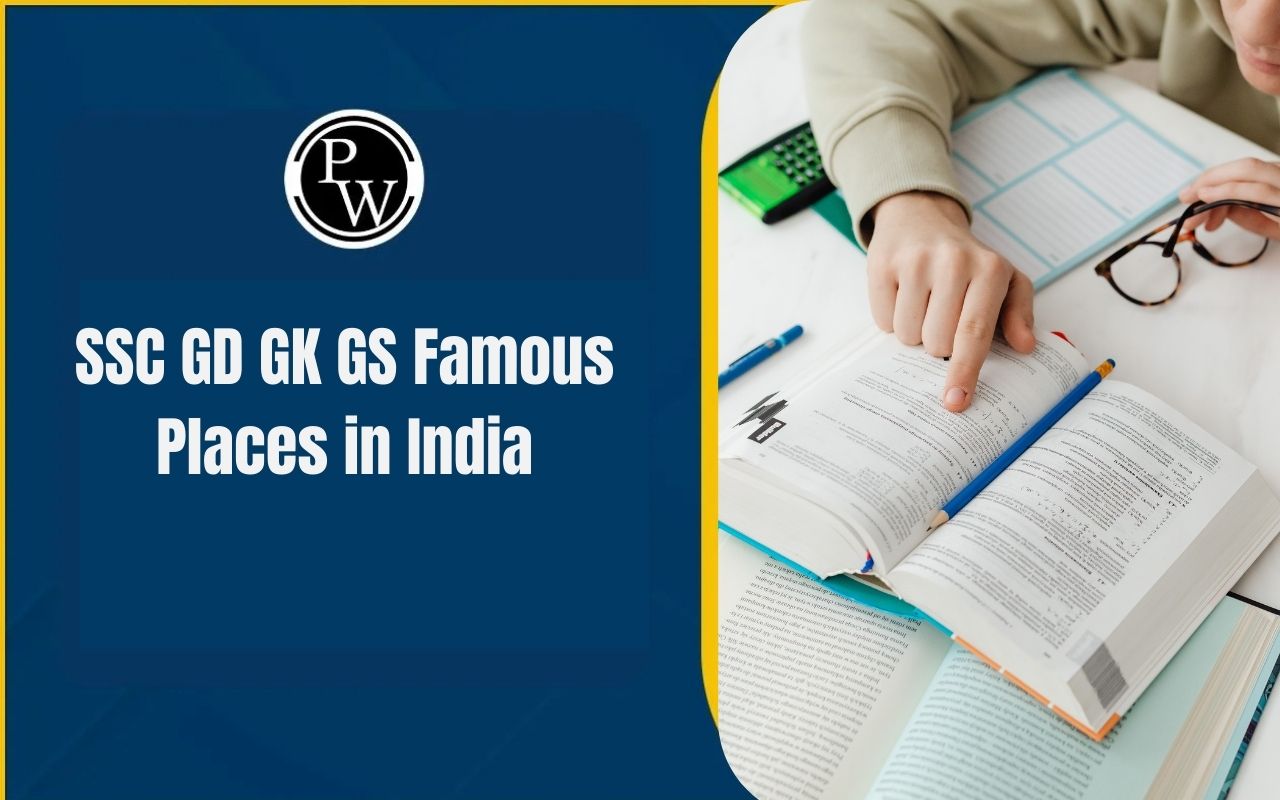
Festivals of India: India, known as the "Land of Festivals," celebrates a variety of cultural events throughout the year. In 2025, each state showcases its unique traditions and customs through vibrant festivals that reflect its history and beliefs. From the colorful festivities of Holi to the dazzling lights of Diwali, from the rhythmic beats of Durga Puja to the peaceful celebrations of Pongal, explore the Festivals of India in the complete list provided below:
Festivals of India
India is known as the land of festivals, and each festival has its own special meaning and charm. These celebrations reflect the beauty of India’s rich culture and traditions. Even though people follow different religions, festivals bring everyone together in joy and unity. Popular festivals like Diwali are celebrated across the country with equal enthusiasm. Let’s explore more about the Festivals of India.Festivals of India Types
India’s diversity is best seen in its festivals, which are celebrated in different ways across the country. These festivals can be grouped into different types based on their meaning and origin:
Religious Festivals: Celebrated by people of different faiths. For example, Diwali (Hindu), Eid (Muslim), Christmas (Christian), and Guru Nanak Jayanti (Sikh).
Harvest Festivals: Mark the harvest season and show gratitude to nature. Examples include Pongal in Tamil Nadu, Baisakhi in Punjab, and Onam in Kerala.
National Festivals: Celebrated by the entire nation to honor history and leaders. Independence Day, Republic Day, and Gandhi Jayanti are the most important ones.
Seasonal Festivals: Linked with changes in seasons. Holi celebrates spring, while Makar Sankranti marks the sun’s transition into Capricorn.
Cultural Festivals: Highlight regional traditions and heritage. Navratri in Gujarat, Durga Puja in West Bengal, and Bihu in Assam are popular cultural festivals.
Festivals of India State Wise List
State-wise festivals in India show the unique culture and traditions of every region. Each state has its own special way of celebrating, rooted in history and local customs. From the lively Bihu dance in Assam to the grand Durga Puja in West Bengal, these festivals add to India’s rich cultural identity. They bring people together, strengthen community bonds, and celebrate unity in diversity. Check the Festivals of India State-wise List in the table below:
|
Festivals of India State Wise List |
|
| State | List of Indian Festivals |
| Andhra Pradesh | Dasara, Ugadi, Deccan Festival, Brahmotsavam |
| Arunachal Pradesh | Reh, Boori Boot, Myoko, Dree, Pongtu, Losar, Murung, Solang, Mopin, Monpa festival |
| Assam | Ambubachi, Bhogali Bihu, Baishagu, Dehing Patkai |
| Bihar | Chhath Puja, Bihula |
| Chhattisgarh | Maghi Purnima, Bastar Dussehra |
| Goa | Sunburn festival, Ladain, Mando |
| Gujarat | Navratri, Janmashtami, Kutch Utsav, Uttarayana |
| Himachal Pradesh | Rakhadumni, Gochi Festival |
| Haryana | Baisakhi |
| Jammu and Kashmir | Har Navami, Chhari, Bahu Mela, Dosmoche, |
| Jharkhand | Karam Utsav, Holi, Rohini, Tusu |
| Karnataka | Mysore Dasara, Ugadi |
| Kerala | Onam, Vishu |
| Madhya Pradesh | Lok-rang Utsav, Tejaji, Khujaraho festival |
| Meghalaya | Nongkrem festival, Khasis festival, Wangla, Sajibu Cheiraoba |
| Maharashtra | Ganesh Utsav, Gudi Padva |
| Manipur | Yaoshang, Porag, Chavang Kut |
| Mizoram | Chapcharkut Festival |
| Nagaland | Hornbill festival, Moatsu Festival |
| Odisha | Rath Yatra, Raja Parba, Nukahai |
| Punjab | Lohri, Baisakhi |
| Rajasthan | Gangaur, Teej, Bundi |
| Sikkim | Losar, Saga Dawa |
| Tamil Nadu | Pongal, Thaipusam, Natyanjali Festival |
| Telangana | Bonalu, Bathukamma |
| Tripura | Kharchi Puja |
| West Bengal | Durga Puja |
| Uttaranchal | Ganga Dussehra |
| Uttar Pradesh | Ram Navmi, Ganga Mahotsav, Navaratri, Khichdi. |
Festivals of India Season Wise List
India celebrates different harvest festivals to thank nature. The Festivals of India Season Wise List is given below.| Festivals of India Season Wise List | ||
|---|---|---|
| Region | Festival | Month |
| North India | Makar Sankranti | January |
| Baisakhi | April | |
| Ladakh harvest festival | September | |
| Lohri | January | |
| Basant Panchami | January | |
| South India | Onam | August |
| Pongal | January | |
| Ugadi | March | |
| Vishu | April | |
| East & West India | Bhogali Bihu | January |
| Wangala | November | |
| Ka Pomblang Nongkrem | November | |
| Nuakhai | August | |
| Gudi Padwa | March | |
| Nabanna | November-December | |
Top 10 Famous Festivals of India
India is known for its many festivals that reflect its rich culture and traditions. Here are the 10 most popular ones:
- Diwali (Deepavali): The Festival of Lights, celebrating the victory of light over darkness with lamps, fireworks, and gift exchanges.
- Holi: The Festival of Colors, enjoyed with colored powders, water, music, and dancing.
- Eid-ul-Fitr: Marks the end of Ramadan with prayers, feasts, and sharing gifts.
- Christmas: Celebrated with church prayers, festive meals, and exchanging gifts.
- Navaratri and Durga Puja: Nine nights of devotion to Goddess Durga, celebrated grandly in West Bengal with pandals, decorations, and processions.
- Ganesh Chaturthi: Festival of Lord Ganesha, where idols are installed and later immersed in rivers or seas.
- Eid-ul-Adha (Bakrid): A festival of sacrifice, where animals are offered and the meat is shared with family and the needy.
- Pongal: Tamil Nadu’s harvest festival, celebrated with special dishes and worship of cattle.
- Makar Sankranti: Marks the sun’s shift into Capricorn, celebrated with kite flying, bonfires, and sweets.
- Onam: Kerala’s harvest festival with boat races, traditional dances, and the famous Onasadya feast.
National Festivals of India Facts
-
Festivals in India reflect the country’s diverse culture and are celebrated across all states and communities.
-
Many festivals are rooted in religion, including Hinduism, Islam, Christianity, Sikhism, and Buddhism, with prayers, rituals, and offerings.
-
Harvest festivals like Pongal, Baisakhi, Onam, and Makar Sankranti remain important as they honor agriculture and farmers.
-
Popular festivals such as Diwali, Holi, and Navratri are celebrated nationwide with music, dance, and traditional performances.
-
Independence Day (15 August) and Republic Day (26 January) continue to feature grand parades, flag hoisting, and cultural programs.
-
Diwali symbolizes the victory of light over darkness and good over evil.
-
Seasonal festivals like Basant Panchami and Lohri mark the change of seasons.
-
Some festivals involve fasting followed by feasting, such as during Ramadan and Karva Chauth.
-
Gandhi Jayanti (2 October) and Children’s Day (14 November) honor leaders and highlight values of peace, education, and child rights.
-
Festivals promote unity, cultural exchange, and communal harmony, bringing people together despite differences.
-
Many festivals are declared public holidays, giving families and friends time to celebrate together.
-
Holi and Diwali are now celebrated worldwide, reflecting India’s growing cultural influence.
-
Festivals help pass down traditions to future generations, preserving India’s cultural heritage.
-
They also boost the economy by supporting tourism, retail, handicrafts, and hospitality sectors.
-
In 2025, festivals in India continue to be a blend of tradition, community spirit, and modern celebrations, uniting people across regions and faiths.
Festivals Of India 2024 FAQs
What are the main festivals of India?
What is the festival of 29 states in India?
How many national festivals are in India?
Which is biggest festival in India?
What are the 4 main Hindu festivals?


